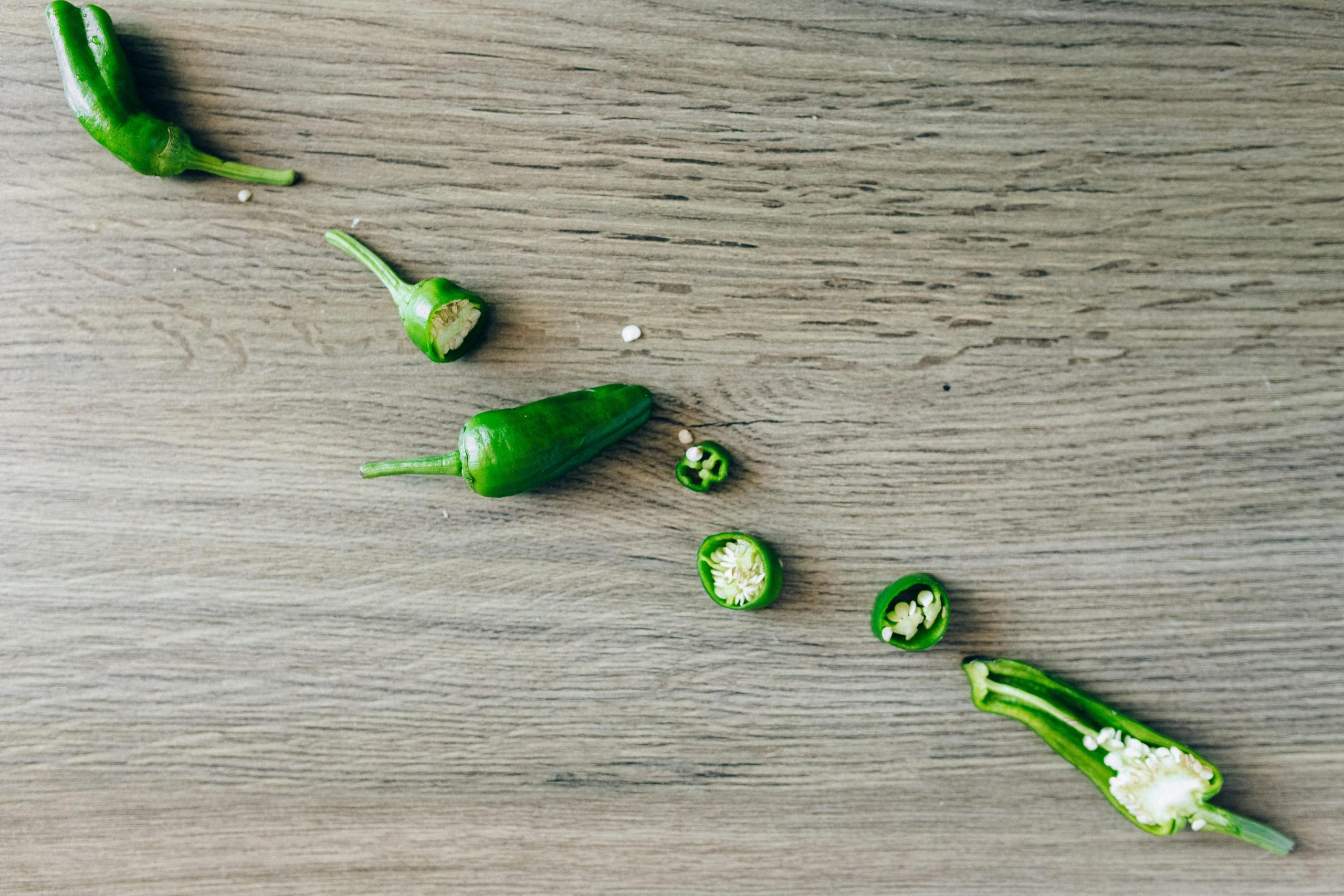Culinary Science: How Texture Changes Flavor
When it comes to food, taste is often the most important factor. However, there is another aspect of the culinary experience that is equally important – texture. Texture plays a crucial role in the overall flavor of a dish, and understanding how it affects taste is an essential element of culinary science. In this article, we will explore the relationship between texture and flavor, and discover how chefs use this knowledge to elevate their creations.
What is Culinary Science?
Culinary science is the study of the chemical and physical changes that occur in food during cooking and preparation. It involves understanding the science behind ingredients, cooking techniques, and recipe development to create delicious and visually appealing dishes. Texture plays a significant role in this field, as it can greatly impact the overall sensory experience of a meal.
The Role of Texture in Flavor
Texture refers to the physical properties of a food, such as its consistency, crunchiness, and chewiness. These characteristics are perceived through touch, and they can greatly affect the way we experience flavor. In fact, studies have shown that texture is just as important as taste in creating a satisfying and enjoyable eating experience.
One way that texture influences flavor is by affecting how the food is broken down in our mouths. The act of chewing breaks down the food, releasing its flavors and aromas. So, the more we chew, the more we can taste. Foods with a softer and smoother texture are easier to chew and break down, allowing for a quicker and more intense release of flavor. On the other hand, foods with a harder or crunchier texture require more chewing, resulting in a slower release of flavor.
Texture can also alter the perception of flavor by enhancing or masking certain taste sensations. For example, a creamy texture can enhance the richness and sweetness of a dessert, while a crispy texture can mask the bitterness of certain vegetables. This is why chefs carefully consider the texture of each ingredient when creating a dish, to ensure that all flavors are balanced and complement each other.
The Science Behind Texture Changes
The texture of a food is determined by a combination of factors, including the ingredients used, the cooking method, and the food’s physical structure. Here are some of the ways in which these factors can affect the texture of a dish:
Ingredients
The type and amount of ingredients used can greatly impact the texture of a food. For example, the addition of a binding agent such as eggs can make a dish more moist and tender, while using a higher ratio of flour can result in a denser and chewier texture.
Cooking Method
The way a food is cooked can also affect its texture. For example, grilling or roasting can create a crispy exterior and a juicy interior, while boiling can result in a softer and more mushy texture. The length of cooking time can also impact texture. Longer cooking times can lead to a more tender texture, while shorter cooking times can create a firmer texture.
Physical Structure
The physical structure of a food, such as its size and shape, can impact its texture. For example, smaller pieces of meat will have a more tender texture compared to larger pieces, as they have less muscle fibers that need to be broken down through chewing.
Texture and Recipe Development
Understanding the science behind texture changes is crucial for chefs when developing recipes. They must carefully consider the ingredients, cooking methods, and physical structure of each component to achieve the desired texture and flavor profile. Additionally, they must also take into account other factors such as how the texture changes over time as the dish is being eaten, as well as the overall presentation and visual appeal of the dish.
Texture changes can also be used as a tool to add depth and complexity to a dish. For example, incorporating different textures, such as a creamy element with a crunchy element, can create a more interesting and satisfying eating experience.
Conclusion
Culinary science is a fascinating field that involves a deep understanding of how different elements, such as texture, affect the overall flavor of a dish. Texture plays a crucial role in creating a satisfying and enjoyable eating experience, and chefs use their knowledge of this science to create delicious and visually appealing meals. So, the next time you sit down to enjoy a meal, make sure to pay attention to the texture and how it influences the overall flavor of the food.










